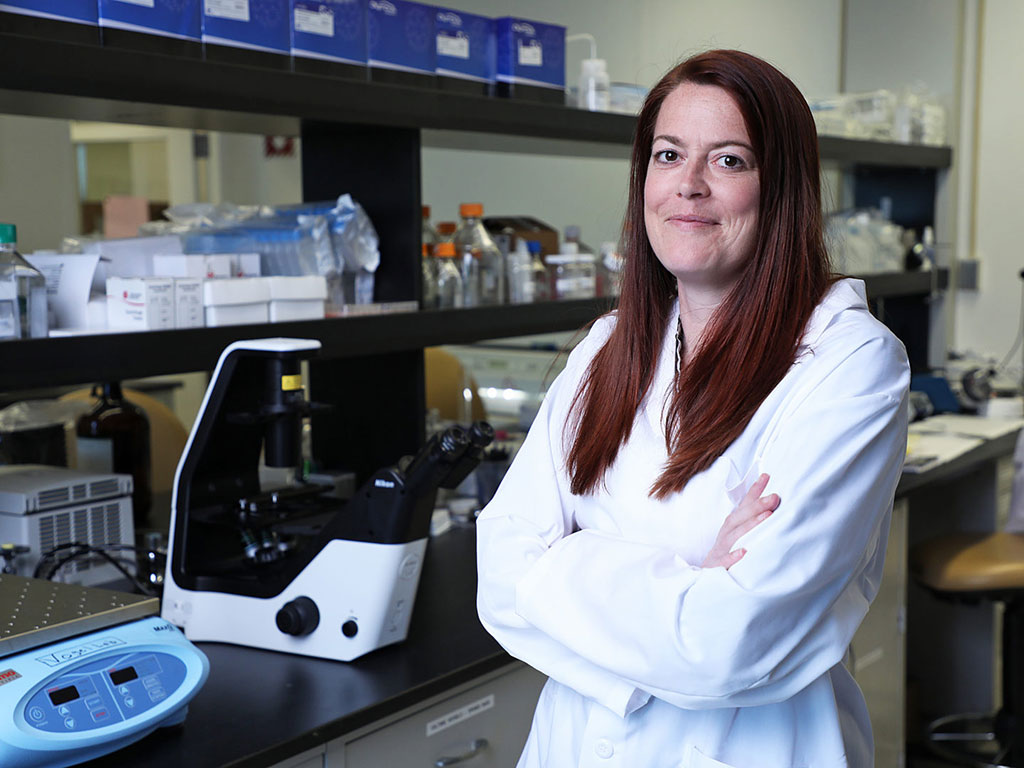Advanced Mass Spectrometry Could Provide Microscopic Clues to Beating Deadly Brain Tumors
Posted on 01 Nov 2022
Glioblastoma is one of the most difficult cancers, let alone diseases, to treat. The brain tumor presents a median survival rate of just 12 to 15 months. The cancer is especially hard to beat, since it presents so heterogeneously – with different tumor cell subtypes within the same tumor, which can all respond differently to therapy. The cancer also has a tendency to create aberrant small blood vessel networks quickly, helping it spread quickly – and making it particularly hard to defeat through traditional treatment pathways. Now, scientists have discovered that a critical new pathway to treating glioblastoma might be found in the complex diversity within the tumor tissue.
A team of scientists at the Hackensack Meridian Center for Discovery and Innovation (CDI, Nutley, NJ, USA) deeply analyzed tumor tissue using an advanced mass spectrometry with special focus on lipids, a class of molecules that includes fats. The scientists assessed five human samples of brain tumor tissue. The team looked at a series of different lipids, in different sections of the tumor and the surrounding environment, and found a series of possible treatment candidates.

“Lipid ions presented here lay the foundation for future studies that are required to understand their interconnecting signaling pathways in relation to cell function, tumor progression, and resistance to therapy,” according to the paper. “Understanding their functional relevance is essential for the identification of new therapeutics based on lipid pathway targets.”
“In conclusion, high resolution MALDI MSI identified a number of lipids that differentiate tumor and endothelial cell subpopulations within human glioblastoma samples,” the authors write. “The heterogenous distributions… within these cell population further highlight the complexity of the glioblastoma TME.”
The scientists hypothesize that a multi-pronged approach may fare best against the stubborn cancer.
“Targeting several of these lipids and their signaling pathways simultaneously, however, may improve clinical outcome,” they write.
Related Links:
CDI













